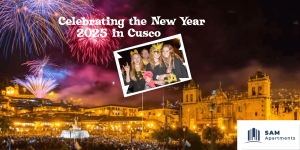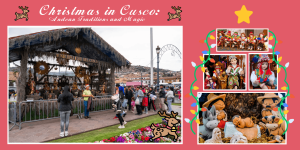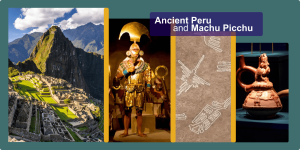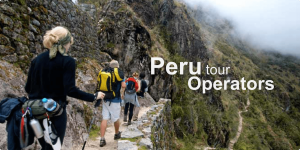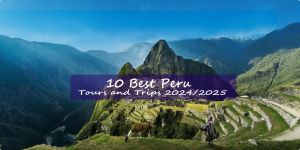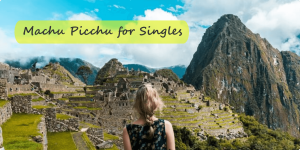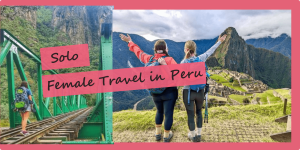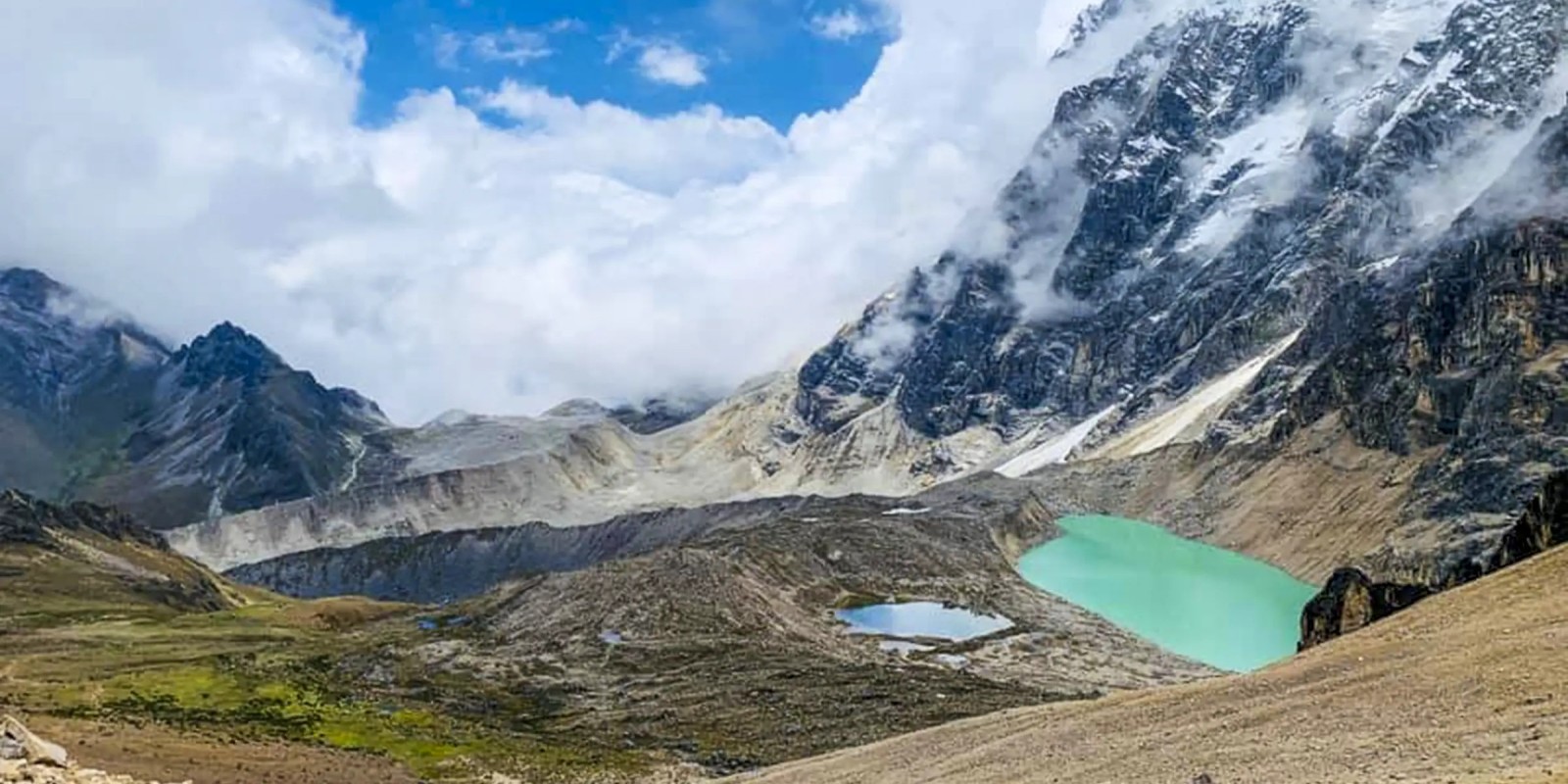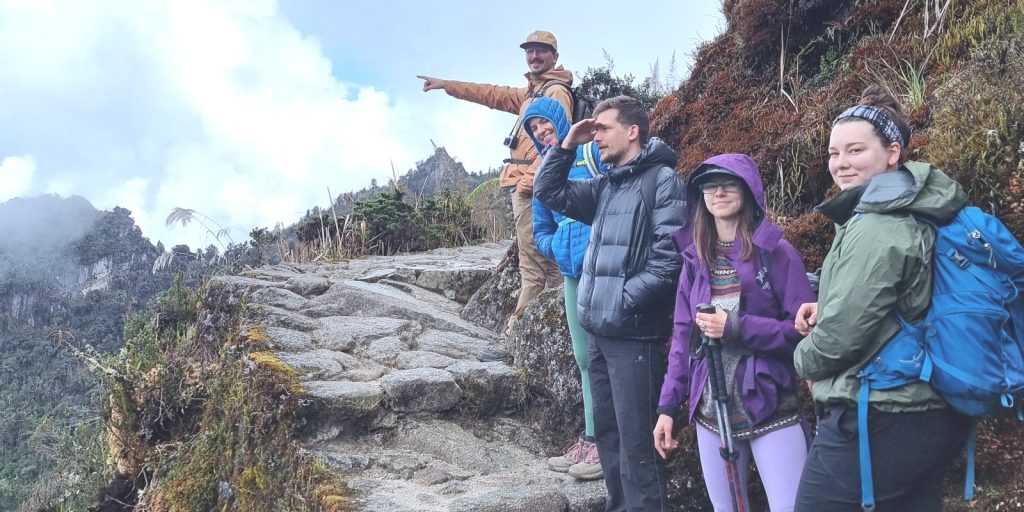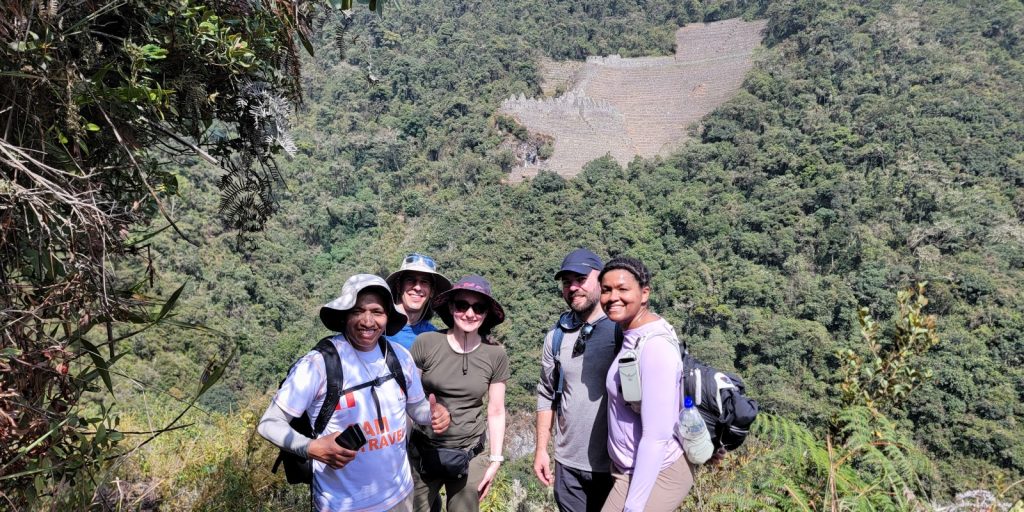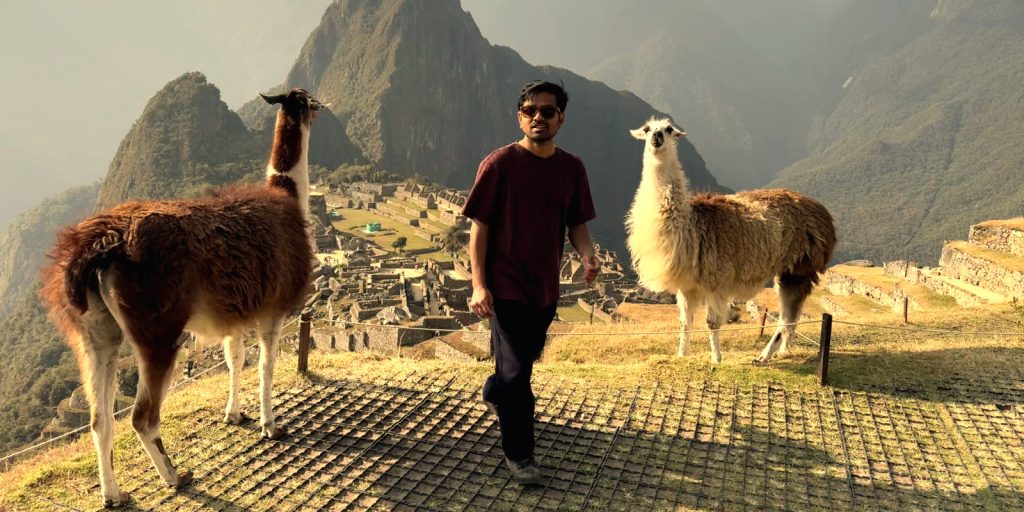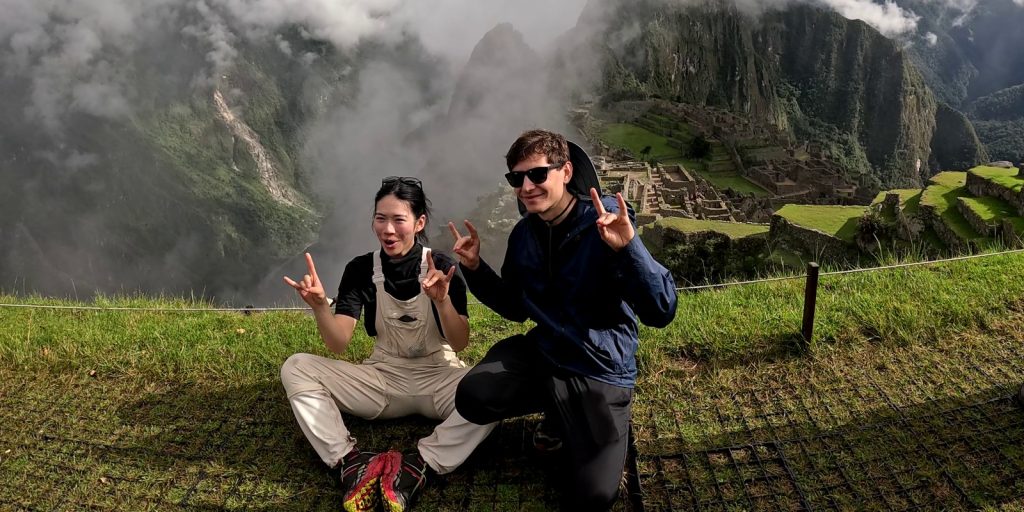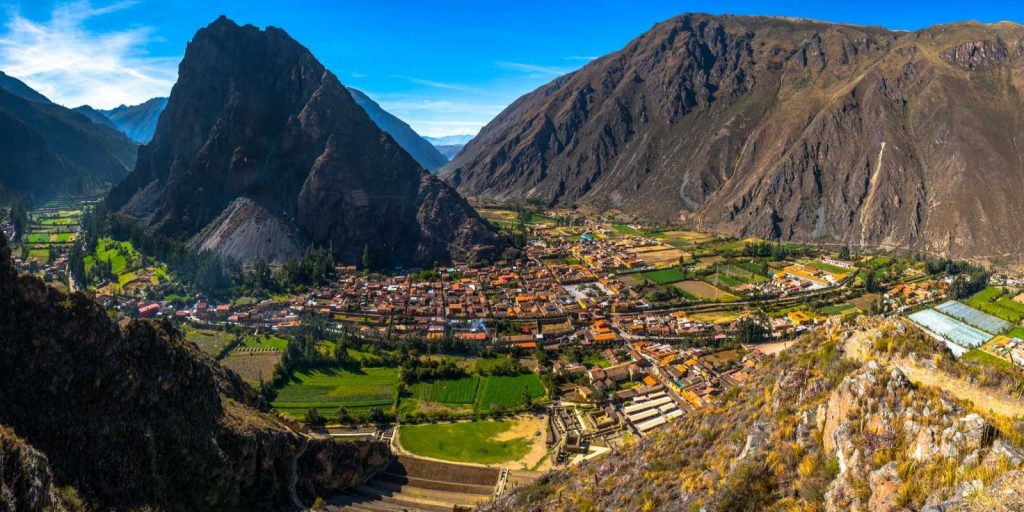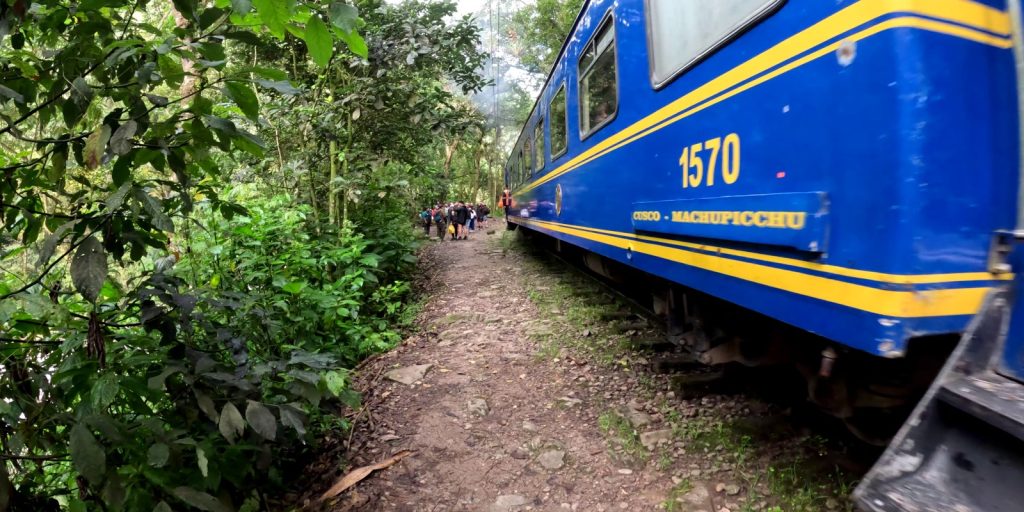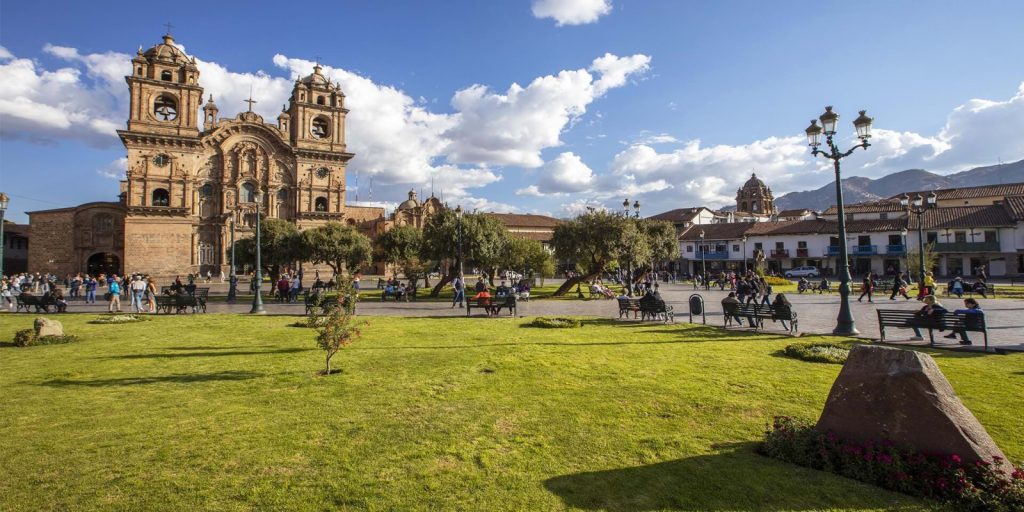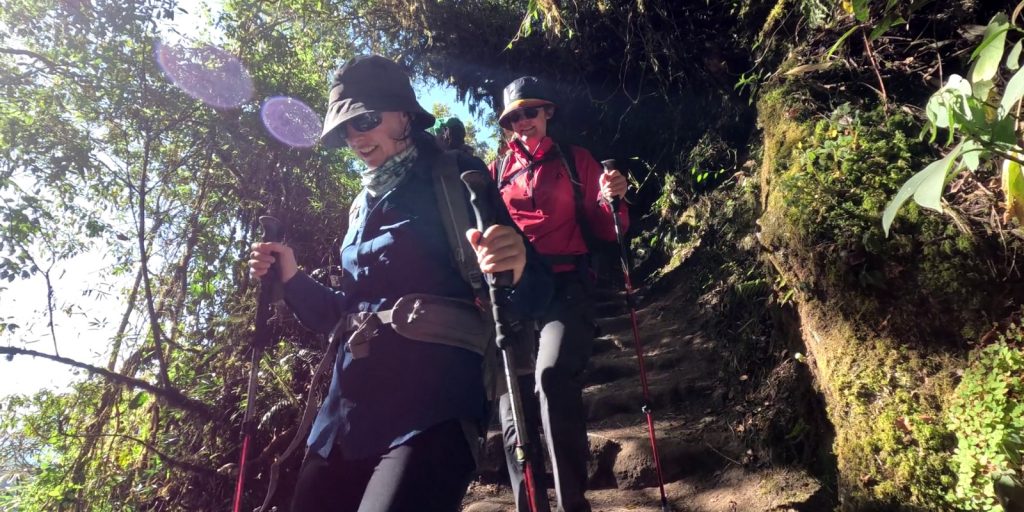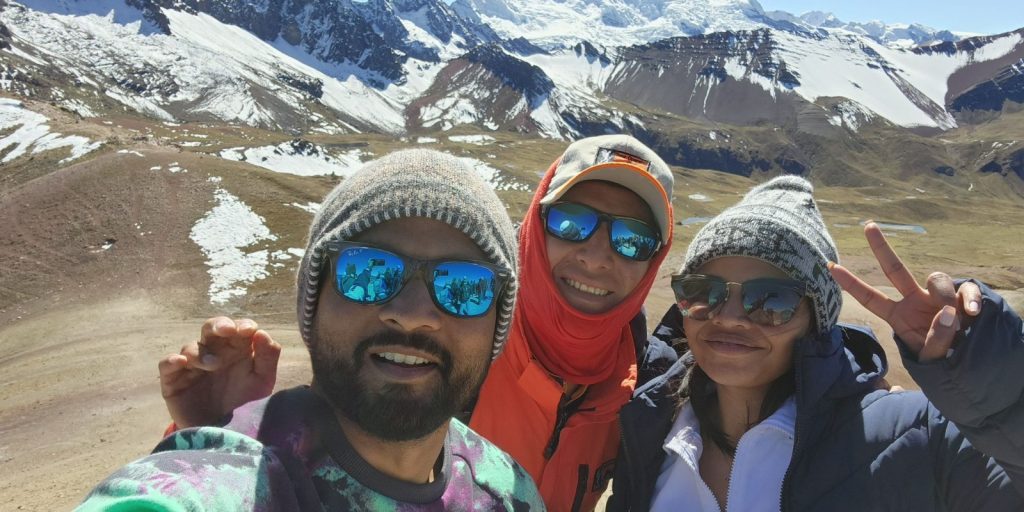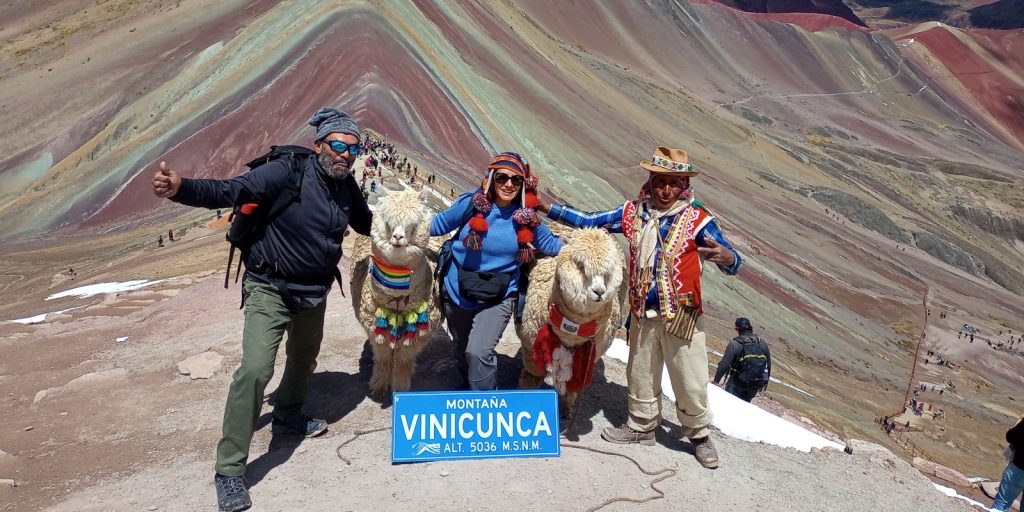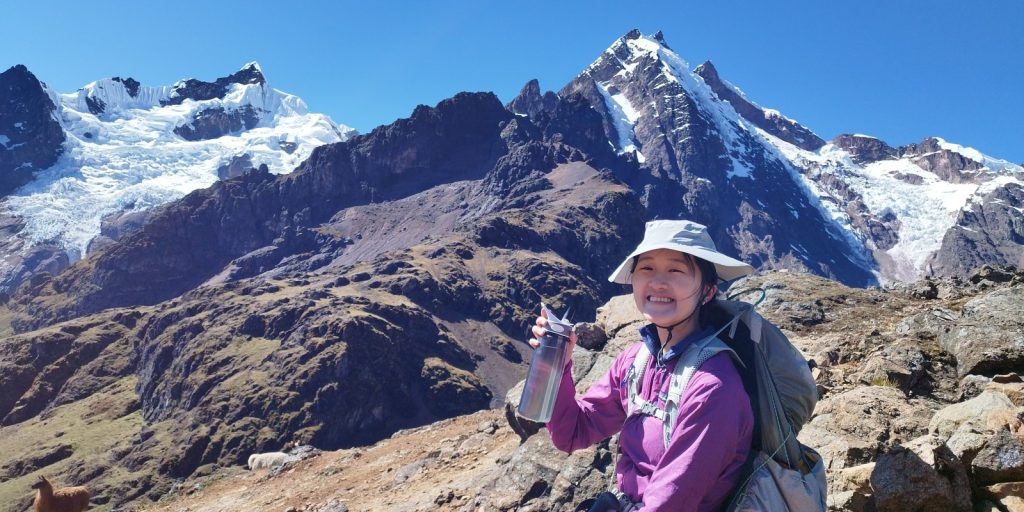The Salkantay Trek is one of the most popular treks to Machu Picchu. Why is this? Well, mostly because there is a very strict limit on the number of Inca Trail permits issued per day.
But that doesn’t mean that the Salkantay Trek isn’t a mighty warrior in the battle for the best alternative trek to Machu Picchu. In fact, it’s the goliath in the field. It is by far the most popular of the alternative treks to the citadel. There’s at least 6 reasons why trekking the Salkantay trek is the best way to get to Machu Picchu. And here they are:
- You Will Visit the Iconic Humantay Lake
Humantay Lake is the third most visited tourist attraction in the Cusco region (after Machu Picchu and Rainbow Mountain). It’s an incredibly popular day trip, and for good reason. The climb only adds to the suspense, and as you summit over the ridge you’ll be faced with the Humantay Glacier. This glacier feeds into the incredible turquoise lake whose image is so popular across Cusco.
Since you will be visiting as a hiker, not a day tripper, you also won’t be bogged down with the hundreds of day trippers once you arrive at the lake. They will have been and gone and be back on their tour bus by the time you arrive. This means you have clearer pictures. More time to enjoy the scene in front of you before heading back down the mountain to enjoy your dinner.
You will visit the Humantay Lake and glacier on your first day of the Salkantay trek. It offers a fantastic warm up for you ready to take on the challenge of day two.
- You Will Surround Yourself With Glaciers
It’s not just the Humantay Glacier that you have to look forward to. The trek leads you through Salkantay Glacier pass. Here you can get up close and personal with this incredible feat of nature.
These aren’t just your average glaciers either- these are mountain glaciers. Thousands of kilometers up in the air, these mountains were considered gods a long time ago (and still, to certain Andean communities).
If you’ve heard the term “Apus” while traveling in Peru, then you should know that the word refers to the mountain gods. The very same mountain gods that you will be keeping in company during the trek.
Even if your culture doesn’t worship the mountains it’s hard to deny their magnitude. The Andes Mountain range is the largest on the planet. To experience them while hiking through glacial peaks on the way to Machu Picchu? It’s hard to think of a better way to do it.
- You Will Explore the Different Microclimates of the Andes
Another incredible thing about the Salkantay Trek is that you will pass through many different microclimates on your journey. You will start the trek on fertile Andean land. Before climbing all the way to the harsh, unforgiving glacial pass. Nothing much grows here, and you are far above the treeline. That’s an accomplishment itself, but there is more to come yet!
From here, the highest point on the trek, you will wind your way down the mountain. Gradually, grass will return, trees will return, and the harsh cold of the glacial pass will melt away into the comforting humidity of the jungle.
The second day of the Salkantay trek offers an incredible amount of climate diversity- to see such rapid changes that your own feet carry you through is an incredible feat (or should I say feet?). Day two is certainly the most diverse when it comes to microclimates, but day three takes you deeper.
By the time you hit the third day, you are well into jungle territory. The weather is hot, your warm clothes from day 1 and 2 lay forgotten at the bottom of your backpack. Begin to walk through tropical fruit farms, spot hummingbirds, and see life return to the mountains.
It’s a magnificent pilgrimage for travelers of all kinds, exploring several different types of Andean climates in just a few days. If you want to wow yourself with the true diversity of Peru and the mountains, then this is a great reason to choose the Salkantay Trek.
- You Can Soak Your Tired Muscles in Natural Volcanic Hot Springs of Cocalmayo
Peru is famous for its hot springs, and the Salkantay trek passes through some of the best in the mountains. The Santa Teresa hot springs are famous among travelers and locals alike. They offer weary trekkers of the Salkantay route an opportunity to rest their aching muscles.
These hot springs, also known as Cocalmayo hot springs, sit deep in the jungle region, and offer the perfect place to relax after a tough few days. The waters are medicinal for your skin and your muscles and sit at a temperature of around 38°c (about 100°F). The water is heated naturally, through an underground volcanic spring.
While they may not be the hottest hot springs you’ve ever encountered, they are the perfect temperature to make up for the last few days of cold showers on the trail. There are four large pools to choose from, each varying in temperature (although honestly, all quite similar) and depth.
There’s a smaller pool for kids, and sturdier pools (no rocks on the bottom) for older people, then deeper pools with a natural floor for adults. (there are no strict rules in place, that is just how it seemed to pan out while I was there).
Each of these pools are designed to look relatively natural. The water, unlike many other natural hot springs in Peru, is a beautiful clear blue. The pools can get a little busy with the traffic from both the Salkantay and the Inca Jungle trek minging there. Not forgetting about the locals who are often busy making the most of the spring. But, with the size of the pools, you should be able to find a nice little corner for yourself quite easily.
- You Can Visit the Mysterious Llactapata Ruins
The ruins of Llactapata are not a common spot to hit on the Salkantay Trek, making them a great place to go to. You will break off from the crowds of the trek and head up the mountain to see these incredible ruins. A palette teaser for Machu Picchu if you will.
This is also where you will get your first glance of Machu Picchu, Machu Picchu Mountain and Huayna Picchu Mountain from across the valley. In fact, Llactapata is only 5 km east of the ancient Inca citadel.
The ruins of Llactapata were originally discovered by Hiram Bingham in 1912. Despite this, it wasn’t properly mapped out until 2003, by Hugh Thomson and Gary Ziegler. This makes Llactapata ruins one of the “newest” Inca sites that you can explore easily.
It is thought that the site was likely used as a rest stop and a place of worship on the way to Machu Picchu. It is also thought that these ruins would have played an important role during celestial events such as during the equinox and the summer and winter solstices.
This is a really cool and unique opportunity to see Machu Picchu from afar. Hike on a section of genuine Inca Trail on your way to Machu Picchu. It’s as close to the Inca Trail as you are going to get without a permit.
- Indulge in a Coffee Plantation Tour
Peru is famous for its wonderful coffee, all of which is grown in the jungle regions. Now you may have noticed that a good portion of this trek is in the jungle. We make the most of that by visiting a coffee plantation where you can learn and try your own hand at the entire coffee processing technique.
You will learn about everything, from knowing how to identify a coffee plant, its beans, and when the bean is ready to be harvested. Learn how to shell, roast, and the processing techniques. And of course, you will be able to try out some of your handiwork. Drink a hot mug of the good stuff at the end of your tour.
Most plantations visited will also have a gift shop full of flight-approved merchandise. Bring some back as a souvenir either for a loved one or for your own kitchen. Or both. Who are we to judge?
There is a reason that the Salkantay Trek is one of the most popular ways to get to Machu Picchu; it’s because it’s one of the best. There’s something for everyone on this adventure and it is challenging. It’s perfectly achievable for most travelers who have a basic level of fitness and the drive to succeed (and who are properly acclimatized).
If you are put off by the popularity of the trek, you can also check out our Salkantay Wilderness Route. This is a new route, and it hits many of the same places while taking a slightly different path. This allows for travelers to experience the remote feel of the trek while still enjoying the iconically Salkantay sights.
If you are ready to start planning your trip to Machu Picchu, get in contact with one of our destination experts today.
